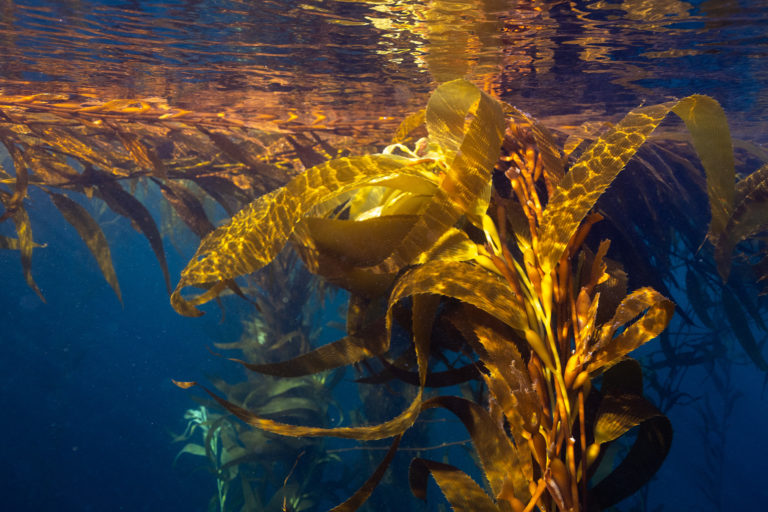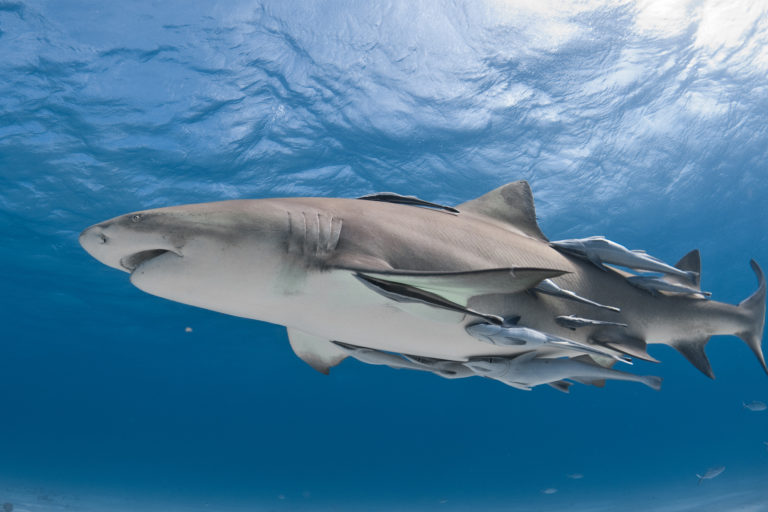The NSW government will plant kelp forests and install hundreds of living sea walls across Sydney Harbour in a bid to repair damage caused by decades of rapid urbanisation.
The state government hopes the $9.1m project will encourage the return to the harbour of marine life including the endangered White’s Seahorse, Green Turtle, penguins and seals.
The ‘Seabirds to Seascapes’ project is being led by the NSW department of planning and environment in partnership with the Sydney Institute of Marine Science, Taronga Conservation Society Australia and NSW National Parks and Wildlife Service.
NSW environment minister James Griffin said the initiative will boost biodiversity and improve water quality and carbon storage.
“Celebrated Australian writer Clive James reminisced about our magnificent Sydney Harbour, likening it to ‘crushed diamond’, and we want to restore that same brilliance to the habitats that lie beneath the surface,” Griffin said in a statement on Sunday.
“While Sydney’s water quality has significantly improved in recent decades, so much so that we all delight at sightings of whales and seals in the harbour, there’s no better time to supercharge our restoration efforts.”
Marine ecologist and co-lead of the project, Katie Dafforn, said the living sea walls are made from 3D print moulds cast with concrete and placed on to existing sea walls.
Dr Dafforn said the concrete slabs are designed in ways that make it easy for marine life to attach on and include “all sorts of habitat features”.
Aaron Eger, program director at the Kelp Forest Alliance, said harbour infrastructure is often smooth or featureless, making it difficult for small surface-dwelling organisms to take hold.
“You can think of trying to walk on ice – it’s very slippery,” he said.
“The idea behind a living seawall is to add texture and shape and form … to support easier attachment for barnacles and mussels, and that in itself would bring in additional life.
“That can create habitat, places for animals to hide or to grow and be protected.”

The initiative also includes the replanting of seagrass meadows and kelp forests in at least nine locations across Sydney Harbour.
Dr Dafforn said a lot of marine life had deserted the harbour due to past water quality issues caused by stormwater and toxic chemicals.
In the 1980s, crayweed vanished from a 70km stretch of coastline between Palm Beach and Cronulla as a result of low water quality caused by sewage pumped directly on to Sydney’s beaches and bays.
The crucial seaweed species provided critical food and habitat that supported hundreds of species.
“We’ve lost some really important marine life and some of it won’t come back by itself – it needs a bit of help. That’s really what we’re trying to do,” Dr Dafforn said.
Along with reintroducing marine species, Dr Dafforn said water quality also needs to be improved.
“Over the last 30 or so years, we’ve seen a lot of marine life come back because we’ve been regulating a lot of really bad pollutants,” she said.
“But being able to stop some of that stormwater before it gets into the waterway is really important.”
Dr Dafforn said living sea walls can support species like oysters, which filter and improve water quality, and seaweed, which can absorb contaminants “and clean things up”.
The government will also support the first-ever statewide Little Penguin census and a seal survey to identify key threats to the species, including climate change.
Chair of Sydney Institute of Marine Science, Peter Cochrane, said he hopes the initiative will encourage similar projects in other harbours across the world.
“Urbanisation has converted more than 50% of Sydney Harbour’s natural shoreline into built structures and introduced many environmental stressors that have degraded aquatic habitats,” Cochrane said.
“Despite that, we’re fortunate that the foundations for habitat repair still exist and we have the world-class science to guide this project.”
The NSW Environmental Trust is granting $6.6m to the project, with partners contributing a further $2.5m.
The project builds upon existing management of threatened and protected marine species through the $184m Marine Estate Management strategy and the $175m ‘Saving Our Species’ program.


